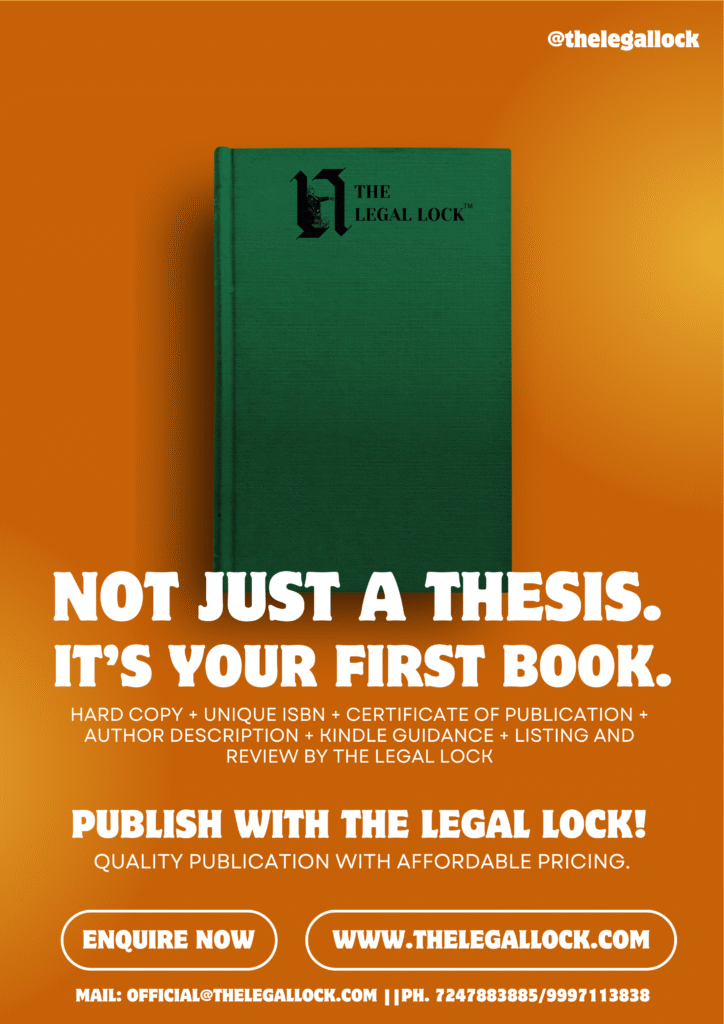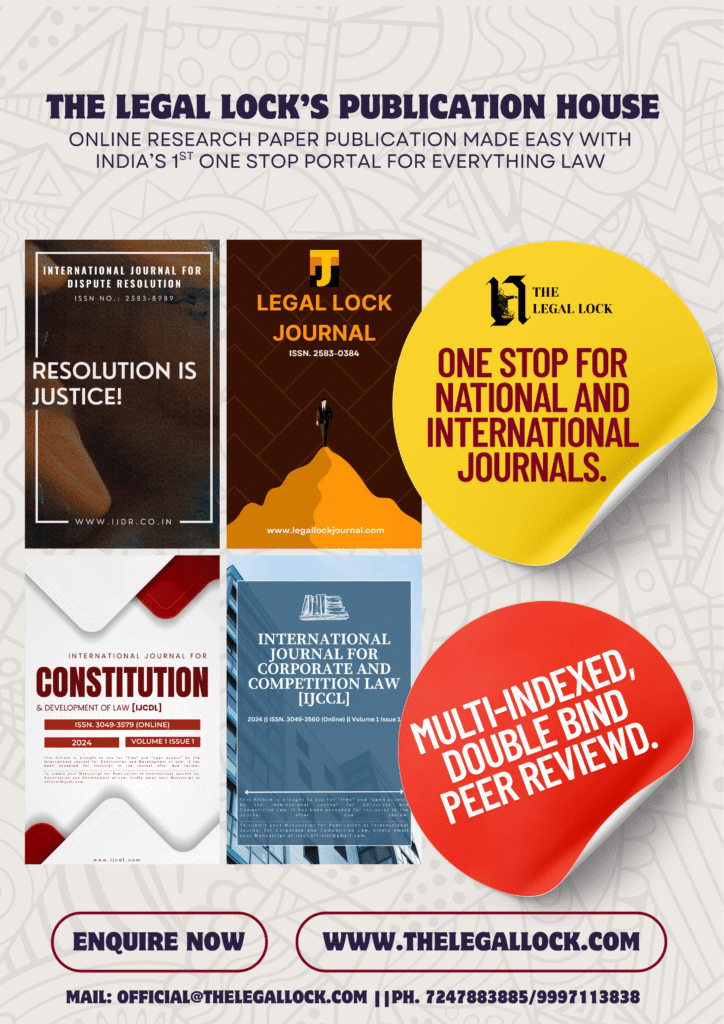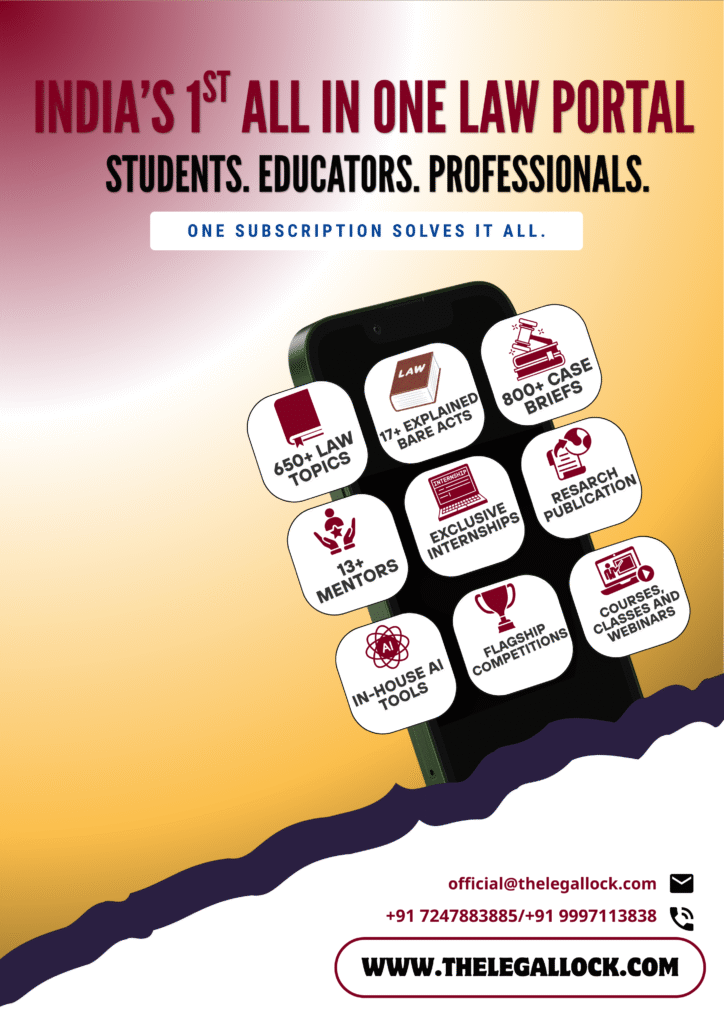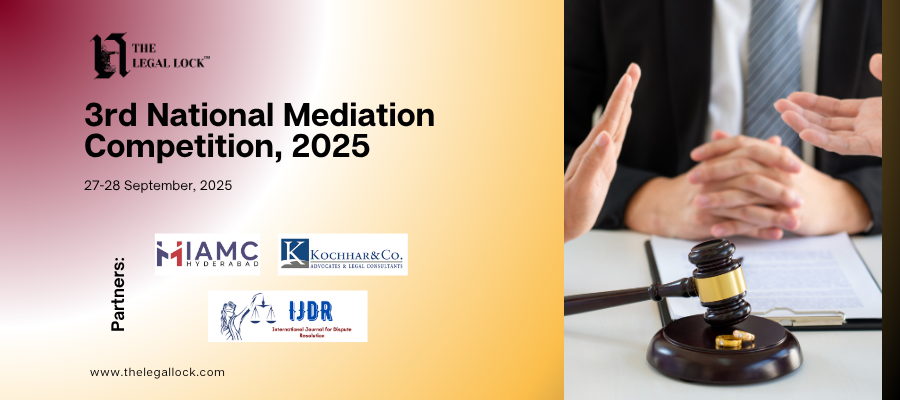CASE BRIEF: SUPER CASSETTES INDUSTRIES LTD. v. HAMAR TELEVISION NETWORK PVT. LTD.
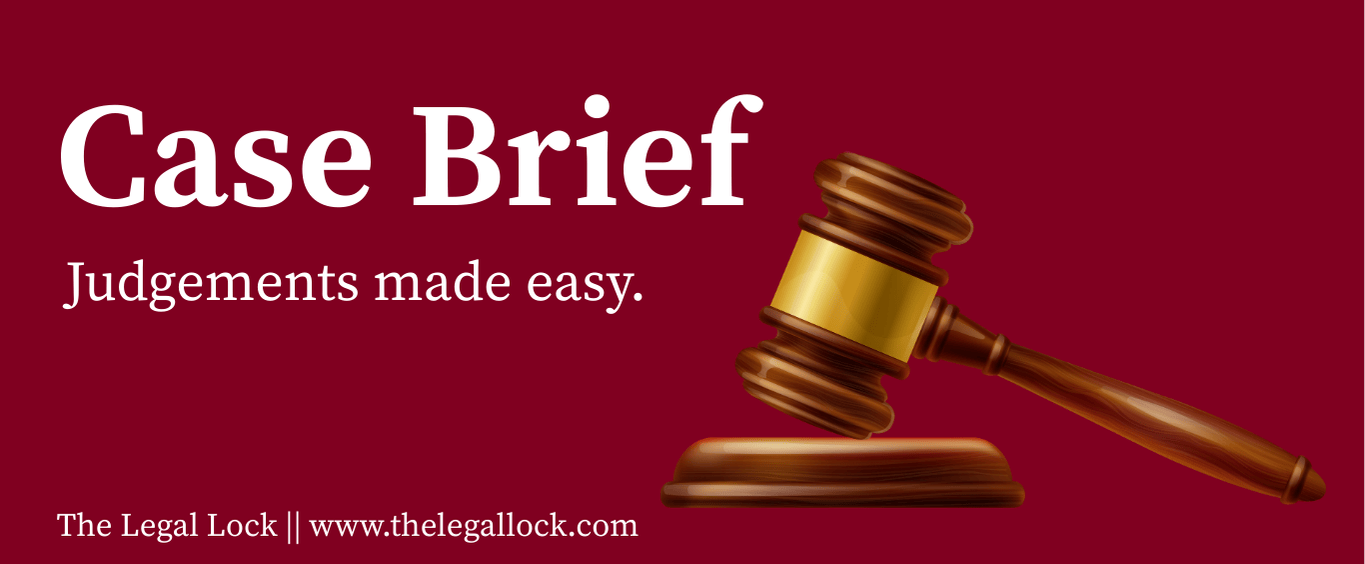
| CASE NAME | Super Cassettes Industries Ltd. v. Hamar Television Network Pvt. Ltd. |
| CITATION | MANU/DE/1128/2010 |
| COURT | Delhi High Court |
| Bench | Rajiv Shakdher, J. |
| Date of Decision | 24 May, 2010 |
INTRODUCTION
Super Cassettes Industries Ltd. v. Hamar Television Network Pvt. Ltd. is a landmark case that addresses the critical intersection of copyright protection and fair use in India’s broadcasting industry. The dispute emerged when Hamar Television Network began broadcasting copyrighted content owned by Super Cassettes Industries (operating under the T-Series brand) without proper authorization, raising significant questions about the scope and limitations of fair dealing provisions under Indian copyright law.
The plaintiff, Super Cassettes Industries Limited, was a well-established music company known for producing and distributing musical works and cinematographic films under the T-Series brand. The conflict arose when Hamar Television Network, operating primarily in the Bhojpuri language market, began using the plaintiff’s copyrighted content in their broadcasts without obtaining necessary licenses. The case explores the delicate balance between protecting copyright holders’ interests and allowing reasonable use of content for legitimate purposes such as news reporting and criticism.
In the context of broadcasting rights and fair use exceptions, where the line between permissible use and infringement often becomes blurred, this case provides crucial guidance on interpreting the fair dealing provisions of the Copyright Act. The court’s examination of both qualitative and quantitative aspects of copyright infringement, particularly in relation to musical works, makes this case particularly significant for understanding the modern application of copyright law in the digital broadcasting era.
FACTS
- Super Cassettes Industries Limited (T-Series) owned copyrights in various musical works and cinematographic films.
- Hamar Television Network operated Hamar TV, a channel primarily broadcasting in the Bhojpuri language.
- In 2009, Hamar TV began broadcasting copyrighted works owned by the plaintiff without obtaining prior permission or license.
- Despite being given an opportunity to obtain proper licensing, the defendant continued broadcasting several songs, movies and shows.
- The unauthorized broadcasts included clips from movies such as Ghajini, Main Aisa Hi Hoon, and Slumdog Millionaire as part of their program E! Martini.
- The plaintiff filed suit for violation of rights under Sections 14(e)(iii), 14(d)(iii), and 14(a)(iv) of the Copyright Act.
ISSUES
- Whether the defendant’s use of the plaintiff’s copyrighted works constituted substantial extraction?
- Whether the defendant’s use of the copyrighted content qualified as fair use under the exceptions provided in Sections 39 and 52 of the Copyright Act?
ARGUMENTS
Plaintiff’s Arguments:
- As the sound recording company, they held exclusive rights over the musical works under Section 14 of the Copyright Act.
- The defendant’s defense of fair dealing was not bona fide, evidenced by continued infringement even after receiving notice.
- The unauthorized broadcasting restricted their ability to exploit works through licensing.
- The test of substantiality should be qualitative rather than quantitative, particularly for musical works.
Defendant’s Arguments:
- The broadcast duration never exceeded 40 seconds and thus did not constitute “substantial taking.”
- The use fell under fair dealing exceptions as the content was used for review, preview, news, special programs, and interviews.
- The broadcasts were for reporting current events under Sections 52(b) and 39(b) of the Act.
DECISION
The Delhi High Court delivered a comprehensive judgment that examined the intricate relationship between copyright protection and fair use exceptions in broadcasting. After analyzing the evidence presented through CDs listing all broadcasts by the defendant of the plaintiff’s copyrighted work, the Court found strong evidence of infringement. The Court emphasized that while natural concepts and scientific truths cannot be monopolized, their particular organization, presentation, and artistic expression merit copyright protection.
The Court rejected the defendants’ claim that their use fell under fair dealing exceptions, noting that the broadcasts were neither used for genuine criticism nor for reporting current events. In addressing the substantiality issue, the Court established that for musical works, the test of “lay hearer” would apply, and even a single note could constitute infringement if it represented an essential element of the copyrighted work.
The Court laid out comprehensive principles for determining fair dealing, emphasizing that while the concept cannot be rigidly defined, it must be evaluated based on facts, degree, and overall impression. The Court stressed that the proportion between the extract used and its purpose (such as critique or comment) must be reasonable, and courts should maintain a liberal approach in assessing news reporting cases. Furthermore, the Court highlighted the importance of the user’s motives and fair-mindedness in assessing fair dealing claims.
The Delhi High Court ruled in favor of the plaintiff, holding that:
- The test of substantiality in copyright infringement cases involves both qualitative and quantitative aspects, particularly for musical works where even a single note may constitute infringement.
- The defendant’s use did not qualify as fair dealing as it was neither used for genuine criticism nor for reporting current events.
- The court established key principles for determining fair dealing:
- Fair dealing cannot be rigidly defined and depends on facts and circumstances
- The extent of extraction must be proportional to the purpose
- Courts should take a liberal approach in assessing news reporting
- The user must demonstrate fair-mindedness and honest intentions
- The motive of the user is crucial in the assessment
- The defendant’s broadcasting without a license did not fall under copyright exceptions and violated the plaintiff’s rights.
- Continued infringement would result in aggravated damages.
ANALYSIS
The Hamar Television judgment has made significant contributions to India’s copyright jurisprudence, particularly in the context of broadcasting and fair use. The Court’s methodology demonstrates a sophisticated understanding of copyright protection in the digital age, acknowledging that while content sharing and broadcasting have become increasingly common, the rights of copyright holders must still be preserved through proper licensing and authorization.
The decision provides crucial clarity on procedural aspects of copyright protection, particularly in how courts should approach the assessment of fair dealing claims. By establishing that the test of substantiality in musical works is primarily qualitative rather than quantitative, the Court has provided valuable guidance for future cases involving similar issues. This interpretation offers precise guidelines for cases involving broadcasting rights and copyright protection while ensuring that legitimate fair use for purposes such as news reporting and criticism remains protected.
The judgment’s impact extends beyond the immediate case, setting important precedents for the broadcasting industry and content creators. It reinforces the judiciary’s role in maintaining a balance between protecting copyright holders’ interests and ensuring reasonable access to content for legitimate purposes. The Court’s careful consideration of both the technical aspects of copyright law and the practical realities of broadcasting has resulted in a decision that provides clear guidance while remaining flexible enough to adapt to evolving media landscapes.
In essence, the Court’s decision reinforces the fundamental principles of copyright protection while providing practical guidelines for interpreting fair use exceptions. This balanced approach ensures that while copyright holders’ rights are protected, the public interest in accessing and using content for legitimate purposes is not unduly restricted. The judgment thus serves as a crucial reference point for future cases involving similar issues in India’s rapidly evolving broadcasting and digital media landscape.
The judgment significantly contributes to Indian copyright jurisprudence by:
- Clarifying the scope of fair dealing doctrine in the broadcasting context, establishing that commercial exploitation without proper licensing cannot be protected under fair use exceptions.
- Emphasizing that substantiality in copyright infringement should be assessed qualitatively, especially for musical works, where even brief extracts may constitute infringement.
- Establishing a balanced approach between protecting copyright holders’ interests and allowing legitimate fair use, particularly in news reporting and criticism.
- Providing clear guidelines for determining fair dealing through multiple factors, including purpose, extent of use, and user’s intentions.
- Aligning Indian copyright law with international conventions while maintaining domestic legal principles.
Thus, the decision serves as a significant precedent for future cases involving broadcasting rights and fair use exceptions, particularly in the digital age where content sharing and broadcasting have become increasingly complex.



